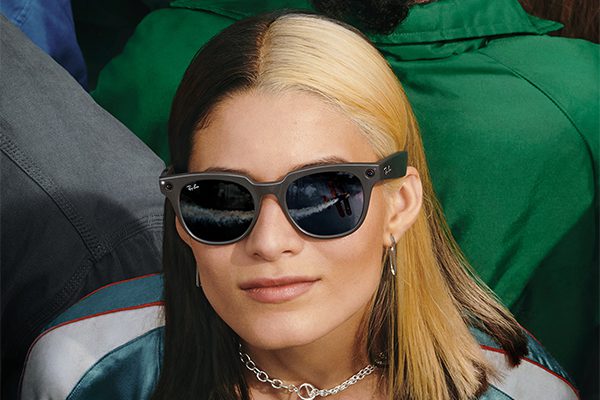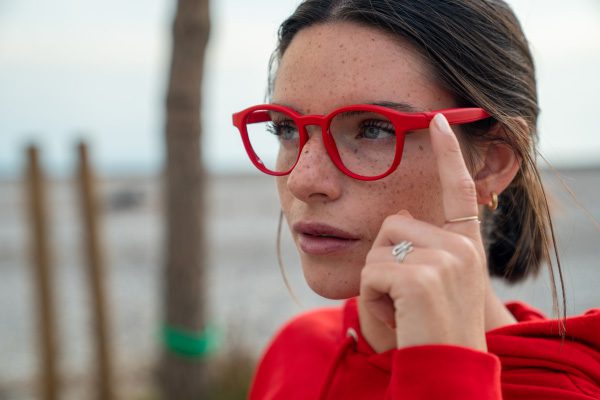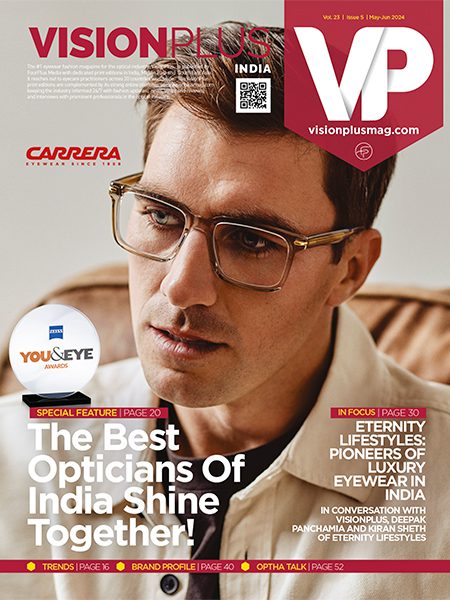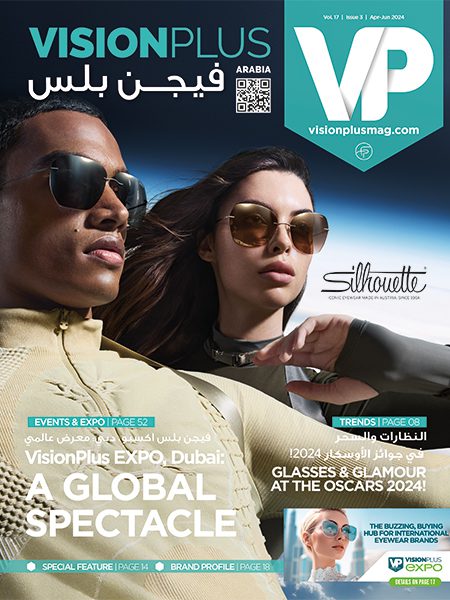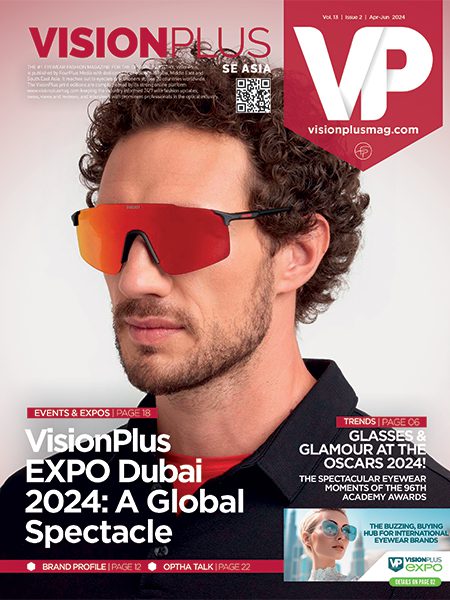

Moving Ahead With Wearable Technologies
They are no longer considered as futuristic imaginary devices from Matrix or Star-Trek . They are here already and there’s a lot of interest in this segment with the advancing technologies showing incredible potential and the investors realising that what we currently have is not even scratching the surface of the possibilities.
The watch was probably the beginning of wearable technology and initially there might have been hiccups with expectations and deliveries not matching. Actually the problem was the deliveries did meet the expectations but the expectations were not based on consumer requirement but more on what the technology could offer.
Over some time, the gap between what technology could offer and what the consumer wanted reduced and today it’d be fair to say that it’s a segment that nobody’s complaining about.
Google made the same mistake with Google Glass by announcing it before the consumer was ready and it was clear a case of a product with no ‘use-case’. But like they say, everything has its own time. And today we are seeing the results of experience and consumer expectations. The launch of RayBan Stories by Rayban and Facebook did get a lot of positive reviews at Silmo 2021.
‘Just what the consumer wants’ was how someone summed it up. That seemed like the perfect way to describe it and in it lies the secret that will probably make wearable technology, especially eyewear a power to reckon with.
At Silmo 2021, there were many stands displaying technologies that already exist and some technologies that would evolve and probably change the future. Here’s a look at 3 of the ones we thought were most promising.
 RayBan Stories by RayBan and Facebook
RayBan Stories by RayBan and Facebook
They are undeniably 2 of the strongest brands in the market, and their coming together has definitely given this segment a boost. Do we like the product? Yes, we do.
Simple, Sensible and Light. There’s no gadgetry that would ruffle the consumer. Anyone and everyone can wear it. The app that it syncs to is called Facebook View, developed by facebook and very easy to use.
Click a photo, shoot a video, answer your calls, listen to music… and do all of this effortlessly. It seems perfect.. just what the doctor ordered.
And yes, it’s sensible for those who shoot a lot of pictures (and that includes everyone we know!) and there’s a very interesting segment that we think would be a strong customer base for this - the bloggers and vloggers.
RayBan Stories would sit well on their faces and they’d no longer need to have their hands holding the smartphone or cameras. However this is just an observation about the most evident usage and target. We all know how users have helped technology shape itself based on how they use it and we are sure this technology too will eventually evolve based on user experience and usage.
Engo by ActiveLook
There were many comparing this to RayBan Facebook's product and they couldn’t have been more wrong. Engo is not a product for the same domain or for the same user. And that’s what makes this even more interesting. There could be a clear demarcation between lifestyle use and serious uses of lifestyle technologies and that would mean an even larger market with niche usage.
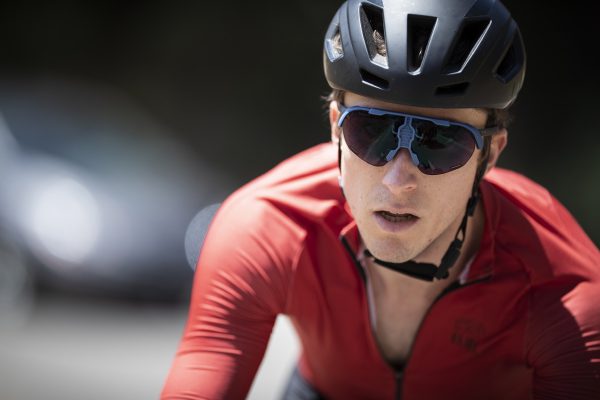



The magic box which holds all the equipment is super super light and is housed in such a way that it’s invisible. Housed in fashionable lightweight frames, Engo’s miniaturized AMOLED technology connects with your Bluetooth devices to project the information most important to you... directly into your field-of-view.
It’s stylish and functional, Engo smart-glasses elevate your sports experience.
Here is some of the feedback from the users.
Having my pace displayed at the edge of my vision – especially when racing – is an amazing experience! Now I can relax and concentrate on my effort and running form. Hello, BQ!
Pam PRO RUNNER
I love being able to glance at just the data I want (and nothing I don’t) displayed in my glasses. It keeps me focused on what’s important without overwhelming me with information.
Mario PRO CYCLIST
Ellcie Healthy
Ellcie Healthy is an initiative that’s targeting a completely different use-case than the above. It’s about Fall Detection, Monitoring of Worn Time/PPE Equipment, Drowsiness at the wheel for machine drivers/employees on the road and for physical activity.
Tracking physical activity and well being and the use-case as a health medical device is something that most wearable devices already do. But what’s really interesting in this product is the monitoring happens via the eyes. And this by itself is a very powerful tool.
It can prevent car accidents due to drowsiness and eye head tracking. It can be used to detect falls for isolated workers. It has a very important use case for care of the elderly where their falls can be detected and prevented. This piece of extremely smart technology weighs just 26 grams, has an autonomy of 24 hours minimum and smartphone synchronization.
The mission of the organisation is ‘Using a very well adopted object from daily life to provide people with better health and alert in case of danger’. Translated it means that it’s a smart glass with embedded sensors and artificial intelligence to save lives.
And the way it works is simple. Prescription lenses can be fitted into the frame. The embedded sensors collect physical, physiological and environmental data to continuously monitor the wearer’s health and safety. The data is processed locally by AI and alerts are sent directly to the user. The smartphone is used as a gateway. The predictive algorithms send critical health and safety information to the wearer, the family and the health provider.
In case of emergency, the glasses start flashing, ringing and an emergency alert is sent to call centers partnered. All in all it’s a really handy tool for a use case gap that exists.
Summary
These are just a few of the wearable technologies in eyewear that we are being exposed to but there’s a lot of ideas that are bound to surface soon. The question on everyone’s mind and one that was debated at the SilmoNext was ‘whether opticians are prepared technically to sell these products’ OR ‘whether these products will create a different mode of sale akin to electronics rather than an optical device’.
We asked these questions to a few opticians. Watch this space for their responses soon.

